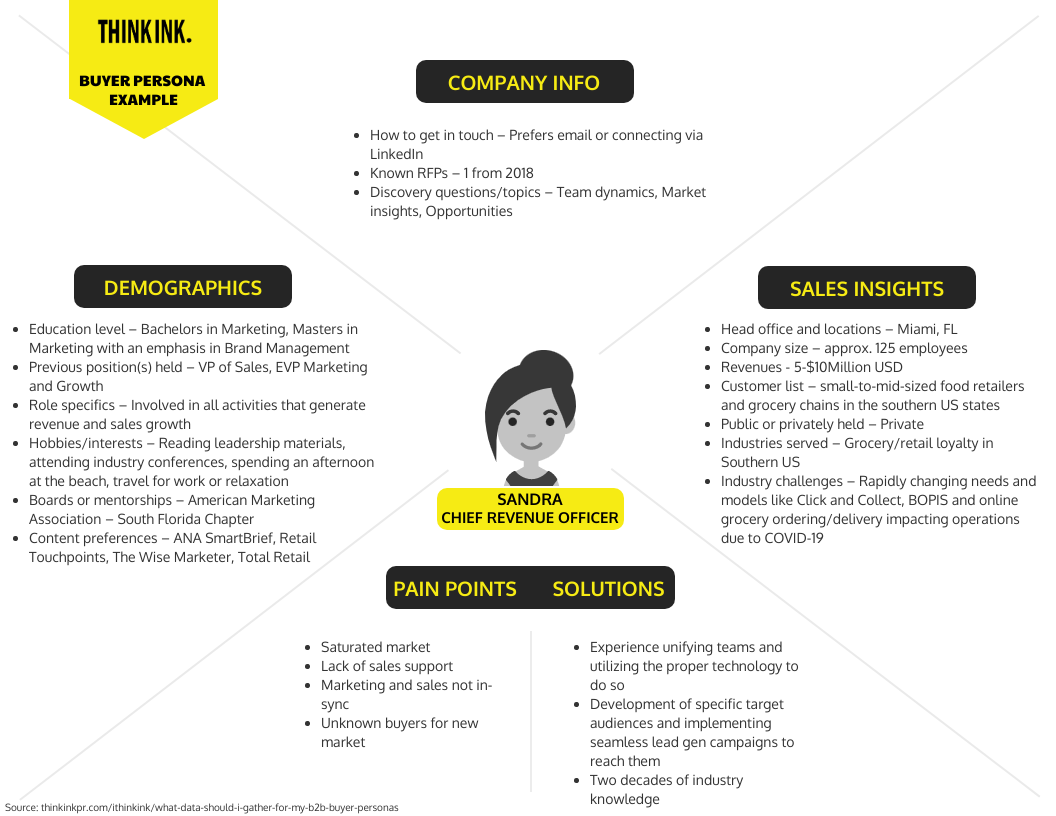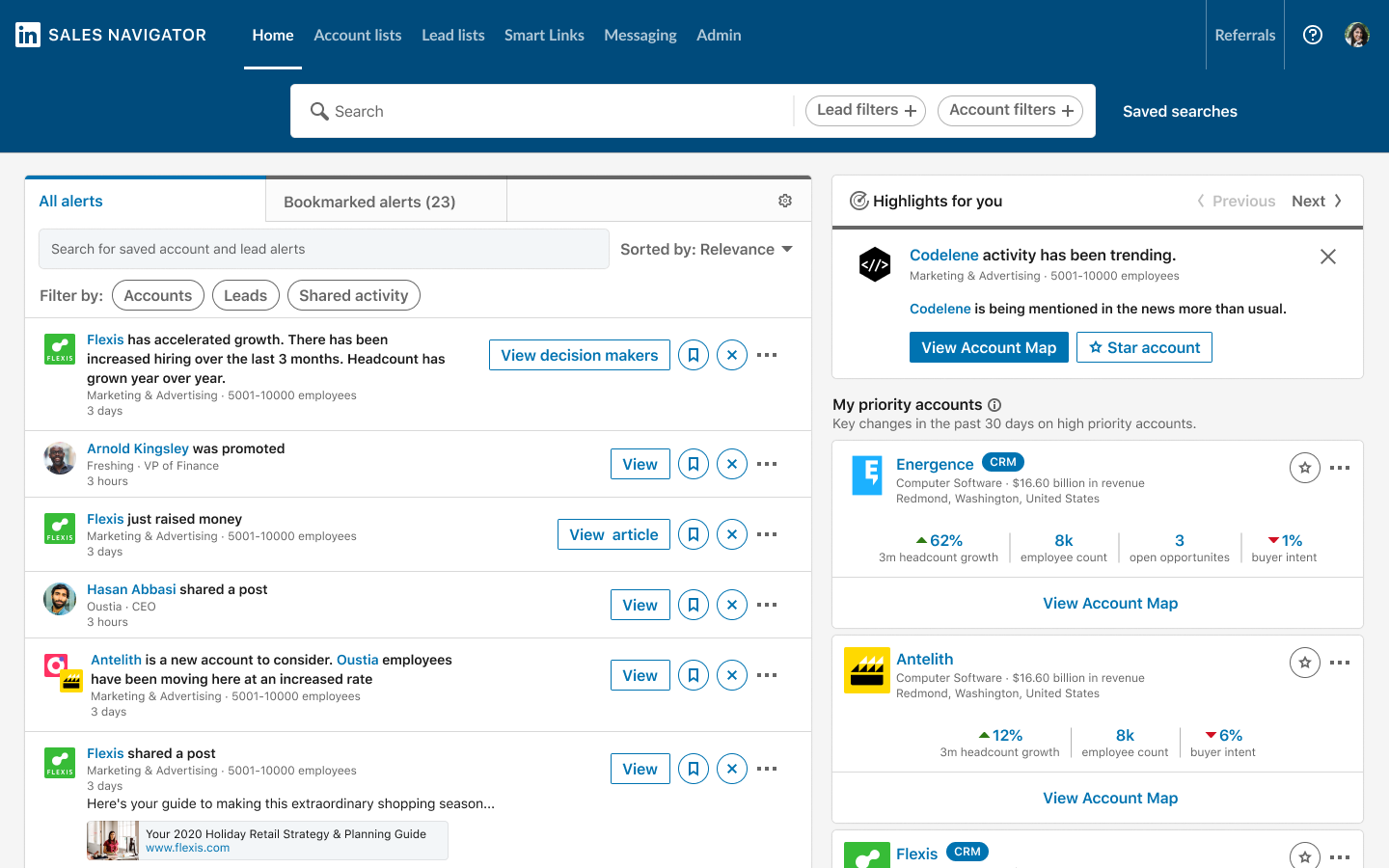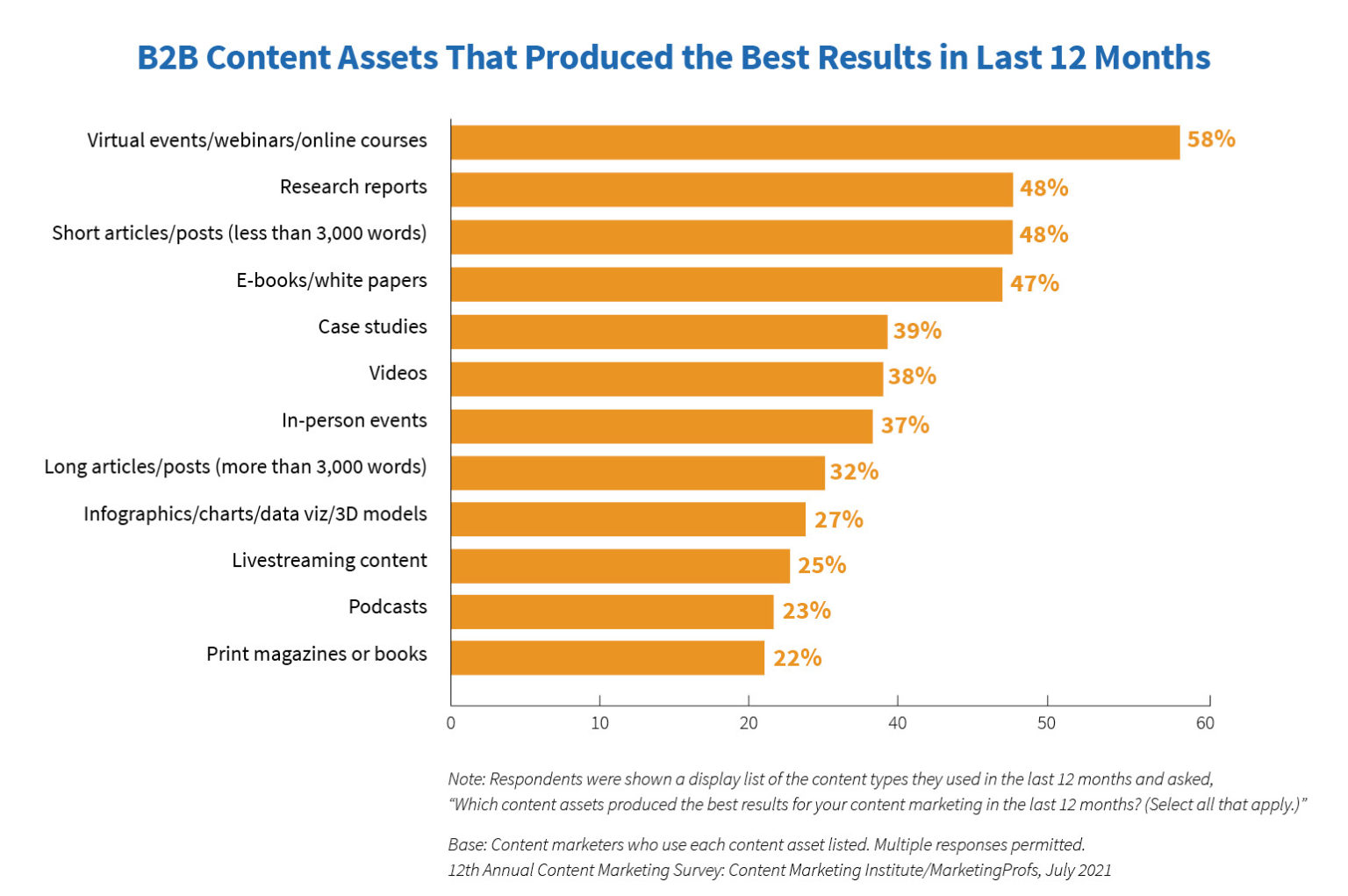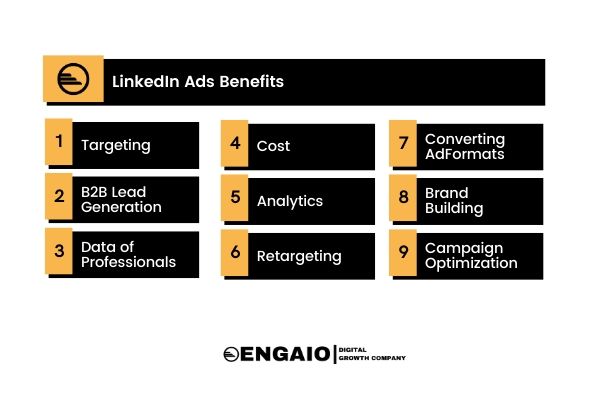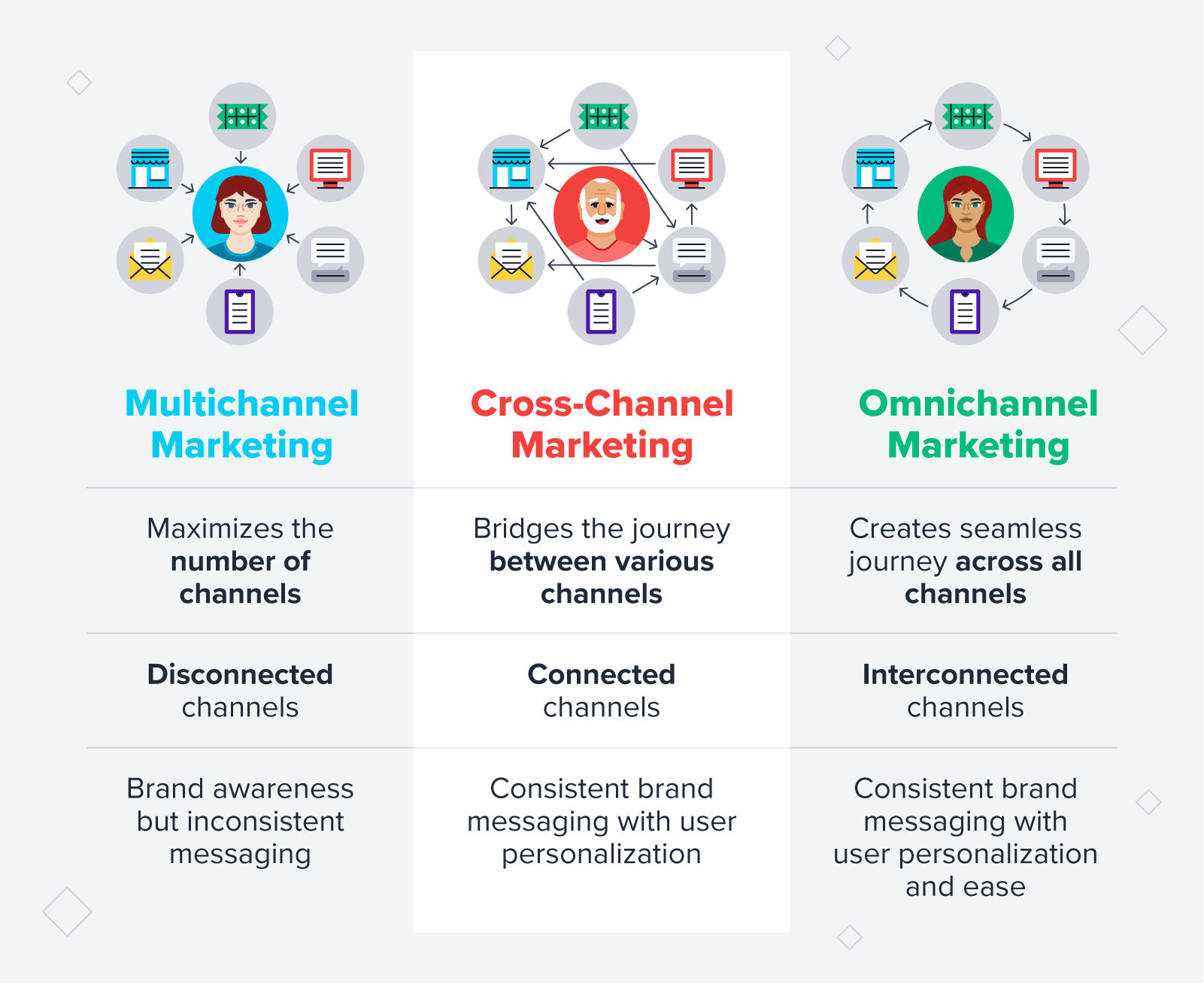In today’s digital age, LinkedIn has emerged as one of the most powerful platforms for B2B outreach, and B2B marketing in general. With over 750 million users globally, LinkedIn provides businesses the opportunity to reach out to a highly-targeted audience and generate qualified leads with personalized outreach.
But of course, reach is just one piece of the lucrative LinkedIn puzzle.
For growth-oriented B2B companies, this social media platform represents an opportunity to become a trusted brand in your field, an authority figure with a reputation that garners attention and attracts customers. On the other hand, it’s also one of the best platforms to reach out to prospective clients and partners.
That said, like any other marketing effort, successful LinkedIn outreach campaigns rely on a well-planned strategy to generate the desired results. That’s why in this guide, we discuss the steps you need to take to create winning LinkedIn outreach campaigns in 2023.
Here’s what you should do.
Dive Deep into Audience Research
Before you start crafting your LinkedIn outreach strategy, you need to understand your target audience inside out. First, conduct thorough research on your prospects to identify their interests, pain points, and priorities.
You will then use this information to create highly personalized LinkedIn outreach messages that resonate with their needs. To achieve this level of personalization, leverage LinkedIn’s search function to find and filter relevant prospects based on their job title, industry, and location.
Let’s break this strategy down into actionable steps.
1. Identify Needs and Pain Points
In order to create a winning LinkedIn outreach message, one that will dazzle potential customers and inspire a reply, you first need to understand exactly what people are trying to achieve. That’s why audience research begins with a needs analysis, followed by a needs-met analysis.
These two forms of research help you ascertain what different types of customers struggle with and are trying to achieve, and if anyone has managed to address these pain points effectively. You will come across competitors who offer the same solutions, allowing you to assess what they’re doing right and what they’re doing wrong.
This data is crucial in shaping your strategy and every LinkedIn cold outreach message you send out.
2. Craft Buyer Personas
Building detailed buyer personas is a crucial step in personalized LinkedIn outreach. Make sure to pull the data you already have in your CRM, and plug it into your LinkedIn research.
Your marketing team will be essential in supplying buyer personas, which you can further enrich by researching audience behavior on LinkedIn. It’s also a good idea to invest in social listening to monitor the conversation not just about your brand, but other relevant topics in your industry.
3. Segment Your Audience
A good LinkedIn outreach strategy will segment its audience in order to deliver more personalized messaging. Not all potential customers have the same goals and needs, and you need to adapt your messaging to address their unique pain points.
Make sure to segment your LinkedIn customer pool based on their needs and behavior, but also their location, budget, company goals, and size.
That might be the gist of audience research on the platform, but we still have a lot more to talk about.
Use LinkedIn’s Sales Navigator
To conduct targeted LinkedIn outreach, you need to have a premium account. LinkedIn’s Sales Navigator provides users with advanced search filters and lead recommendations, enabling you to identify potential leads based on factors such as job title, company size, and location.
Additionally, Sales Navigator provides an option to save leads and accounts to your preferred lists, making it easier to follow up on them later.
This ability is crucial for audience research, as well as for personalized LinkedIn outreach that addresses the unique needs of every potential customer. Sales Navigator allows you to find valuable connections for your brand by setting numerous filters and customizing your search to find the ideal fit. You can leverage all the important insights from filters to create highly-personalized automated messages, and streamline your outreach campaign.
You can then use that data to create hyper-targeted ads on LinkedIn to maximize your advertising dollars. It’s important to note that this LinkedIn search tool is great for creating a pipeline of your prospects and opportunities, allowing you to easily keep track of your outreach campaigns.
Build Compelling Messaging and Sequences
Probably one of the most important steps in this process is to craft a compelling LinkedIn outreach message for every segment and audience type. Use the data you’ve collected through research and the Sales Navigator to craft direct messaging that is:
- Concise but impactful
- Personalized
- Branded and inviting
- Value-driven
- Relevant to the prospect
Never send generic messages that sound like a sales pitch. Instead, focus on providing value by highlighting how your solution can address their pain points.
Here’s an example of an outreach message that you can use right away. Just make sure to adapt it to your brand’s voice and the unique needs of the customer.
“Hi [first name],
I’m [your name] with [your company] and we work with businesses in the [the sectors you serve] industry, and noticed you visited our website in the past.
This inspired me to spend a few minutes on [prospect’s company] website to learn more about how you’re approaching [problem, process, pain point]. I noticed some areas of opportunity and decided to reach out to you directly.
[Your company] is working with similar companies in your industry, such as [company name], to help them accomplish [specific goals], and giving them the [tools/solutions] to succeed.
Do you have 15 minutes to discuss [prospect’s company] this week?
If so, you can book time directly in my calendar here: [meetings link]
Looking forward to meeting you!”
While this initial email is a great opener, you can’t expect to achieve much through a single LinkedIn cold outreach message, because the first one simply sets the stage for the conversation to follow. Instead, you need to create outreach sequences.
A sequence is a set of messages that progressively engage your prospects, leading them to take the desired action. Make sure that these sequences are personalized and naturally follow up on the previous message.
Provide Valuable Learning Experiences
To increase your chances of success with LinkedIn outreach, you must provide valuable learning experiences to your prospects. These experiences can be in the form of thought leadership content such as:
- Whitepapers
- Case studies
- Industry reports
- Trends and round-ups by industry experts
- Insightful articles on your website
- Detailed eBooks
- Long-form videos
- Webinars
- Online community events
By providing valuable content, you build trust and credibility with your prospects, making them more likely to engage with your brand.
Instead of focusing on getting your “foot in the door” with the first message, consider taking the educational route instead, focusing on providing valuable tips, tricks, and best practices. You can create an online course and invite your followers to sign up to learn something new and solve one or two of their pain points.
Don’t worry about revealing too much, because this kind of content is perfect for sparking their interest, which you can use to introduce your products or services.
When you give your followers something valuable that’s free, they’ll be much more open to a sales-oriented follow-up.
Reach the Right People with LinkedIn Advertising
LinkedIn advertising offers businesses an opportunity to reach their target audience with highly-targeted ads. It should go without saying that this feature is a valuable part of a robust LinkedIn outreach strategy.
LinkedIn’s advertising platform, much like B2B advertising on Facebook, enables you to target prospects based on their:
- Job title
- Industry
- Location
- Interests
Additionally, you can leverage LinkedIn’s retargeting feature to reach prospects who have already engaged with your brand on the platform. For this and many other reasons, it’s important to use LinkedIn ads along with direct messaging to stay top-of-mind and engage with your ideal customers.
Learn how to create top-performing LinkedIn ads >
Monitor Responses and Master your Follow-Up Strategy
Monitoring responses is critical to the success of your LinkedIn outreach campaign. It enables you to track your engagement rate and adjust your strategy accordingly. This awareness empowers your follow-up strategy and messaging, allowing you to adapt to the unique behavior of each prospect. It also opens multi-channel opportunities, like email, phone calls, and even SMS.
We’ll talk more about the multi-channel approach in the last point.
Your follow-up messages on LinkedIn should be personalized and relevant, reminding your prospects of the value you offer. If you’re not getting a response to your initial message, follow up with a question and a short invitation to a meeting, for example, to explain how you can help the customer achieve their goals.
For example, if you didn’t receive a reply to your initial message, try:
“Hey John, have you had a chance to check out the resources I sent you? I hope you found them useful!
Please let me know if you’d like to delve deeper into [specify problem, resource, product or solution], we have a lot of cool stuff in the works and I think we could really help you achieve [specify pain point].”
Make sure to optimize the wording for your brand and the specific solution you offer, but always remember to stress the value, point back to your initial message, and tease a great solution for their unique problem.
On the other hand, if the customer replied to the first message but has since gone silent, you’ll need to re-engage with a deal-sweetener. Consider throwing in a free strategy session, an additional product feature, or an extended trial to nudge the prospect in the right direction.
Always remember—every follow-up needs to provide something of value.
Take a Multi-Channel Approach when Possible
Lastly, while LinkedIn outreach can be highly effective on its own for B2B marketing, it’s essential to take a multi-channel approach to maximize its potential and meet potential customers where they’re most comfortable. Consider incorporating other channels such as email, phone calls, and social media into your outreach strategy.
You can do this by directly inviting your prospects to another channel in the DMs. You can also reach out directly on another channel as a follow-up to your LinkedIn outreach message. Another option is using a LinkedIn email finder to find email addresses from LinkedIn profiles and enhance your sales and marketing outreach even more. After all, effective outreach is also about testing various solutions and approaches towards your ideal customer.
By using multiple channels, you increase your chances of reaching your target audience and driving conversions. That said, one of the biggest mistakes is to reach out on another channel with a similar or identical message that the prospect has already received on LinkedIn.
That’s why you need to ensure brand consistency across all your channels, and use the data in your CRM and pipeline to adapt the messaging accordingly.
Ready to Make Powerful Outreach Campaigns on LinkedIn?
Without a doubt, LinkedIn is one of the best social media platforms for B2B businesses to reach new potential customers and generate leads. Sending a LinkedIn cold outreach message to a potential client should not be a daunting task if you know your audience, provide valuable content and messaging, and follow up with every interested reply.
Now that you know the steps you need to take, kick-start your LinkedIn outreach strategy to bring in high-quality clients and partners to your business in 2023.

